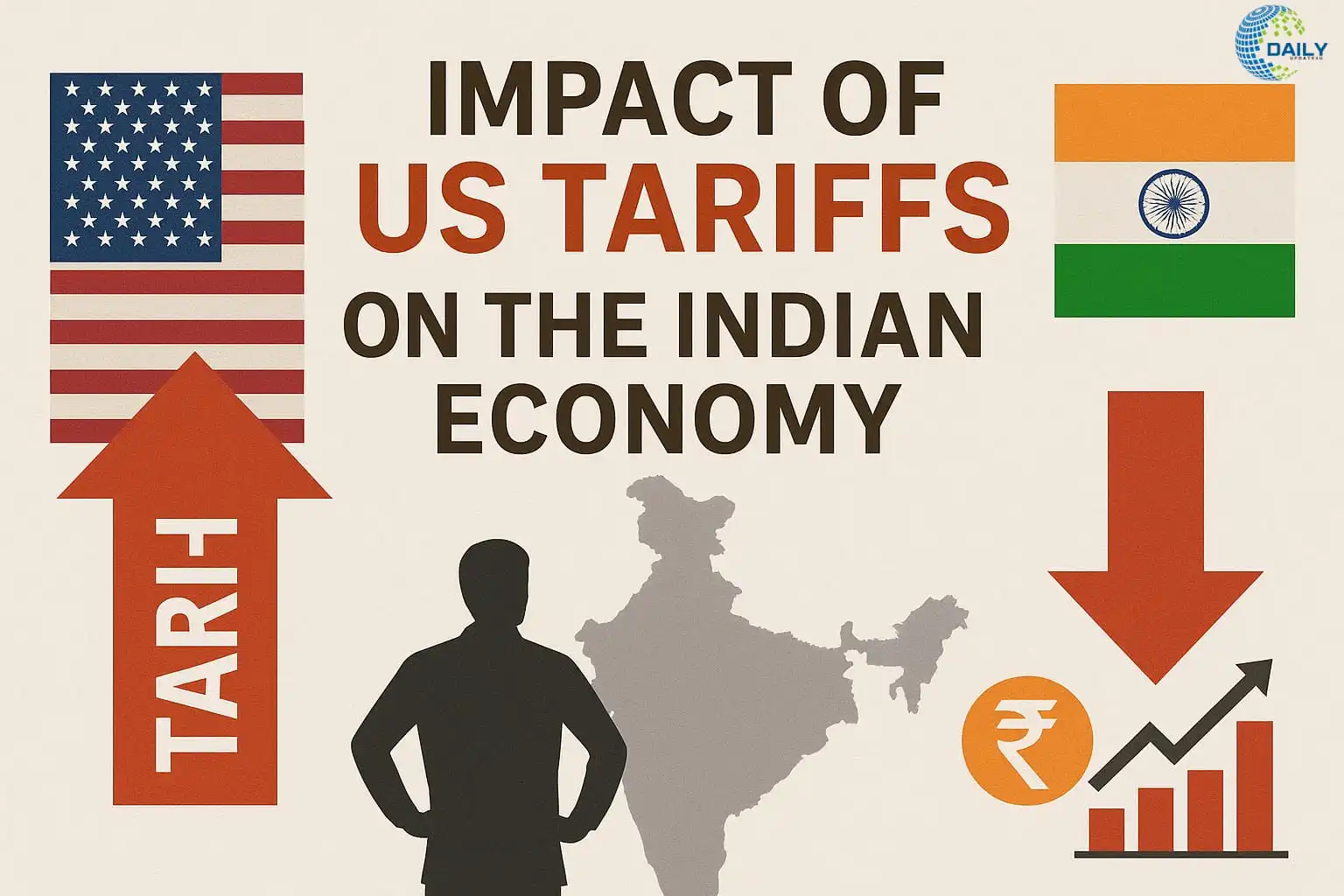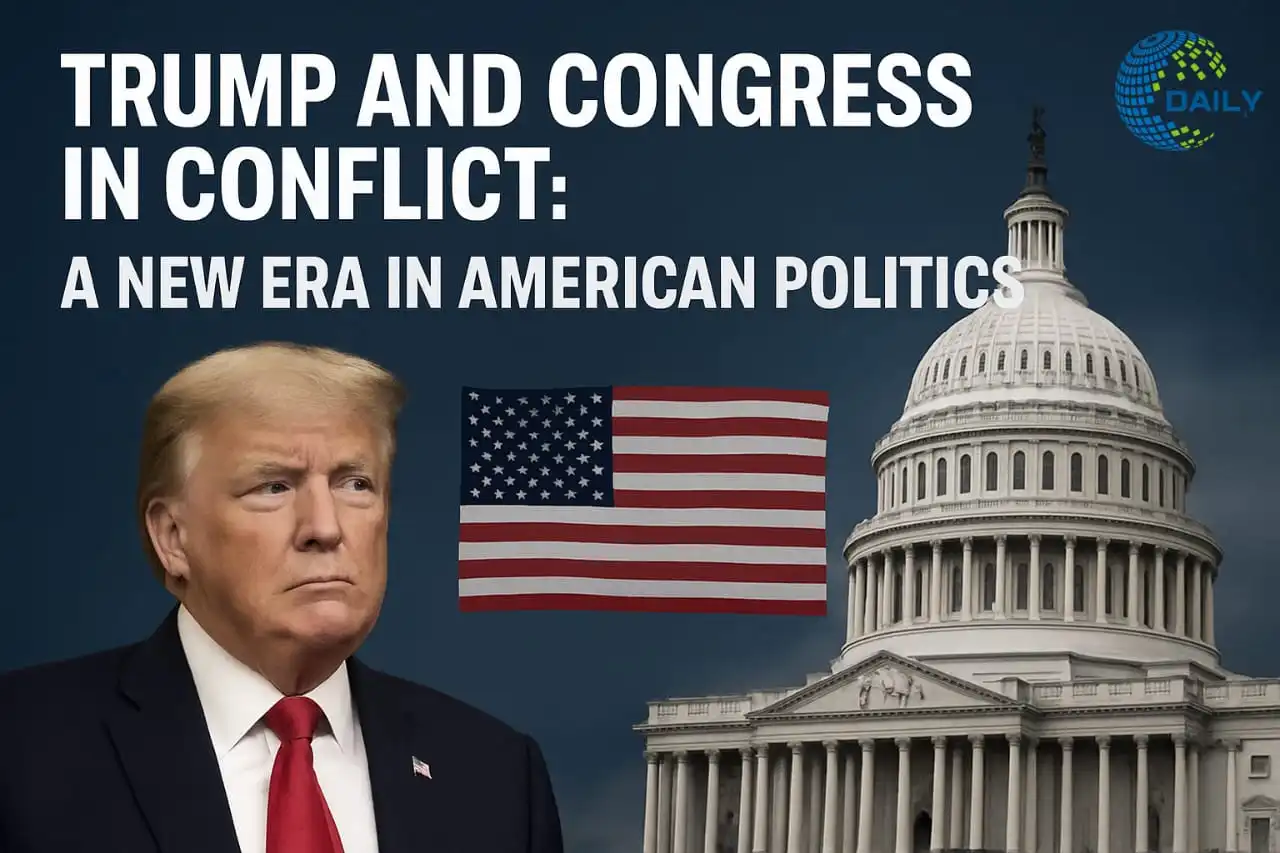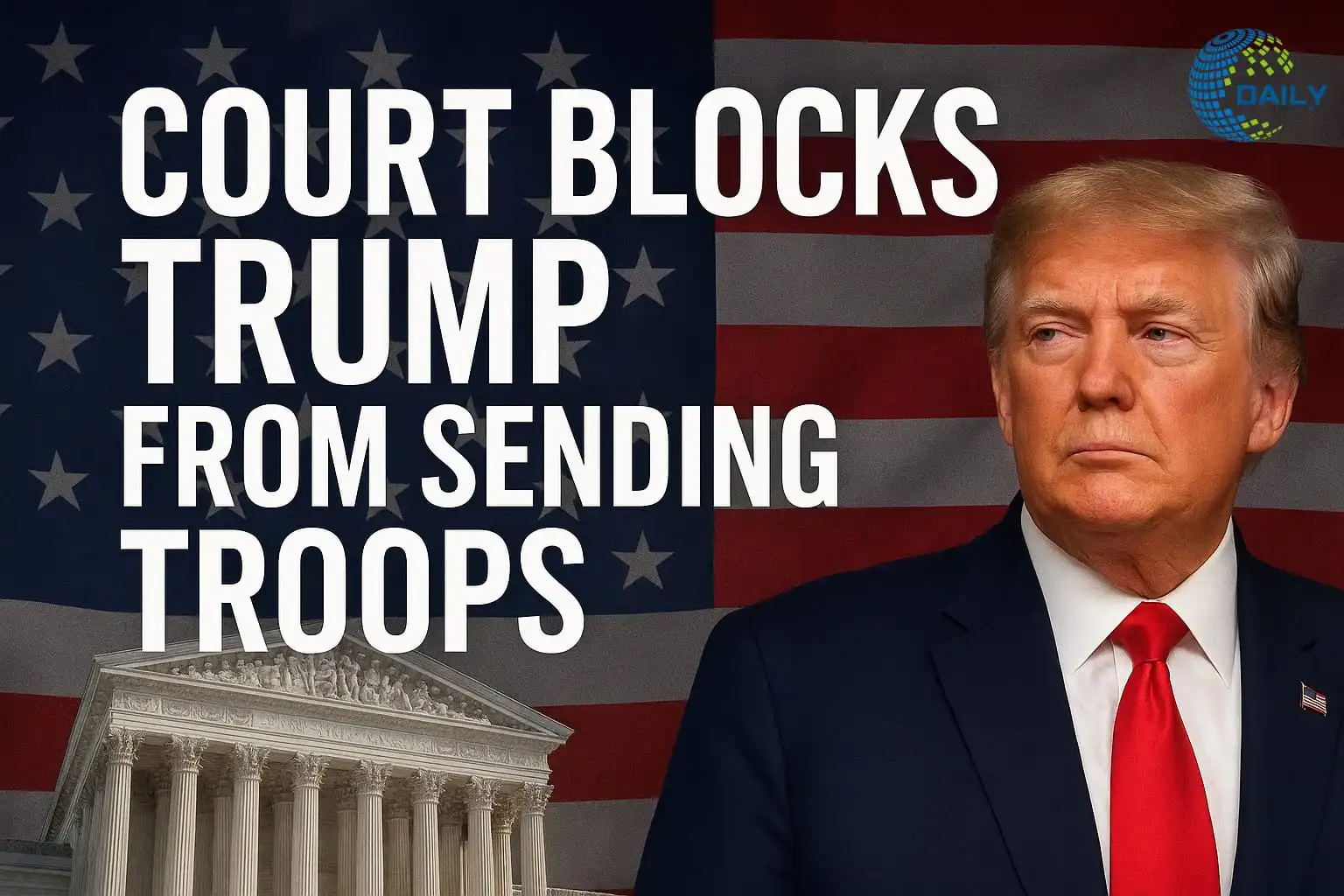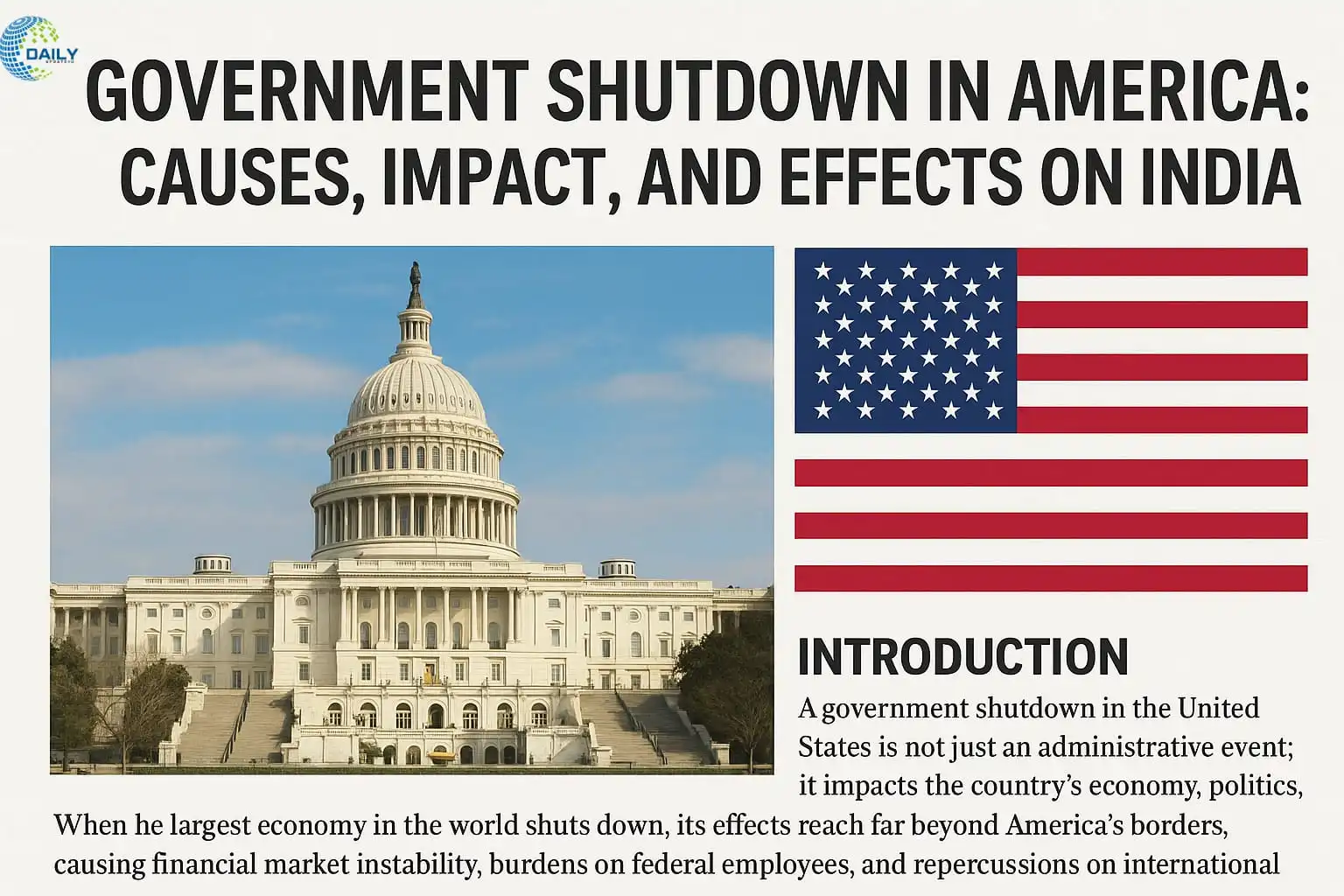
India and the US are the two largest economies in the world. The trade relationship between the two countries goes back decades. The US is a major trading partner of India, especially in terms of exports. Indian IT services, pharmaceuticals, textiles, steel, aluminium, and agricultural products have long held a large share in the US market. But when the US imposes tariffs or import duties to protect its domestic industries or reduce the trade deficit, it directly impacts countries like India.
This blog will explain in detail how US tariff policies impact the Indian economy, how Indian industries are affected, how the government deals with it, and what could be the way forward.
➡ What is a tariff?
A tariff means a tax imposed on goods that are imported. The US often imposes tariffs to protect its local industries from foreign competition.
High tariff = foreign goods are expensive → US consumers buy domestic products.
Low tariff = foreign goods cheaper → more imports, putting pressure on US industry.
For a country like India, US tariffs bring a double challenge:
👉 Impact on exports – Indian goods become expensive, and demand decreases.
👉Reduction in foreign exchange earnings – Pressure on the Indian economy due to reduced dollar inflow.
➡India-US Trade Relations
👉Trade Size
Bilateral trade between India and the US reached around $190 billion in 2023-24.
The US is India’s largest export destination.
About 17% of Indian exports go to the US.
👉Main Export Items
IT and Software Services
Pharmaceuticals (Generic Medicines)
Textiles and Readymade Garments
Steel and Aluminum
Agricultural Products (Tea, Spices, Seafood)
👉Main Import Items
Aviation and Defense Equipment
High-Tech Machinery
Energy Products (LNG, Crude Oil)
Electronics
In this way, it is natural for US policies to have a direct impact on the Indian economy.
➡Historical perspective of US tariff policies
👉 2018-2019 trade war
The Donald Trump administration imposed 25% and 10% tariffs on steel and aluminum. India was a major exporter of these.
Impact: Indian steel and aluminum companies suffered huge losses.
India raised tariffs on US walnuts, apples, and almonds in retaliation.
👉 End of GSP (Generalized System of Preferences)
In 2019, the US ended the GSP trade exemption given to India.
This affected exports worth about $5.6 billion.
Small and medium industries, especially textiles and handicrafts, were affected.
👉In recent years
The US still does not impose high tariffs on medicine and IT services, but increases duties on agricultural and manufacturing products several times.
➡Impact on the Indian economy
👉Impact on the export sector
Indian goods going to the US are becoming expensive. As a result:
The competitiveness of Indian companies decreases.
Countries like Vietnam, Bangladesh benefit.
A reduction in exports affects foreign exchange reserves.
👉Industry-specific impact
🔵Steel and Aluminum
The increase in tariffs reduced the demand for Indian metals in the US market.
Both the income and employment of companies were affected.
🔵Pharmaceuticals
The US is the largest consumer of generic drugs.
So far, the pharma sector is relatively safe, but FDA regulations and potential tariffs always remain a threat.
🔵IT services
There is no direct tariff on the IT sector, but H1-B visa restrictions have an indirect impact.
Indian IT companies have to hire American employees at higher salaries.
🔵Textiles and Apparel
After the removal of the GSP exemption, Indian apparel became expensive in the US.
Bangladesh, Vietnam, and Cambodia gained.
🔵Agricultural Products
Indian spices, tea, and seafood exports were affected by US tariffs.
➡Overall impact on India’s economy
👉Impact on GDP growth
Reducing exports puts pressure on GDP.
According to the World Bank, tariff shocks can reduce India’s GDP growth rate by 0.2% – 0.5%.
👉Impact on employment
Job opportunities are reduced in export-based industries.
The MSME sector is the most affected.
👉Foreign Direct Investment (FDI)
With increasing uncertainty, US companies become cautious about investing in India.
👉Impact on consumers
Indian consumers find US products expensive.
Prices of technical and defense equipment may increase.
➡India’s strategic responses
👉 Complaint in WTO
India has challenged the US tariff policies in the World Trade Organization (WTO) several times.
👉Retaliatory tariffs
India also raised tariffs on US almonds, walnuts, apples, motorcycles, and other products.
👉Diversification of export markets
India is now looking for new markets in Europe, Africa, ASEAN countries, and the Middle East.
👉’ Make in India’ and self-reliance
The government is emphasizing on reducing import dependence and increasing domestic production.
➡ Future prospects
👉 India-US trade agreement
A mini-trade deal has been under discussion between the two countries for a long time.
If an agreement is reached, many tariffs may be reduced.
👉Technology and digital trade
India still has a strong lead in IT and digital services. This sector is less affected by tariffs.
👉Semiconductors and Clean Energy
The US is supporting India in these areas. This will create new opportunities in the future.
👉Geopolitical situation
India can benefit from America’s tension with China. American companies are looking towards India for alternative supply chains.
➡Conclusion
The US tariff has a multi-dimensional impact on India’s economy.
In the short term, it puts negative pressure on Indian industries, exports, employment, and GDP.
But in the long term, it also gives India an opportunity to become self-reliant, find new markets, and move forward in high-tech areas.
Both India and the US have to understand that a trade partnership is in mutual interest. Only through cooperation and agreement can both economies benefit.






